Sheet metal prices in the Turkish spot market are decreasing rapidly
Hot rolled coil, cold rolled coil and galvanised sheets, which made a big splash especially during the pandemic period, are experiencing the days when they upset their investors, sellers and producers.
While the demand for flat rolled products in Turkey has been almost non-existent for about two months, HRC (hot rolled coil) prices have returned. According to rumours coming from the market today, CRC (hot rolled coil) prices in the Marmara Region decreased to $840-850.
While CRC prices decreased, HRC (hot rolled coil) prices in the spot market remained flat at $800. Speaking to SteelRadar about the sharp decrease in CRC prices, market representatives said that the Marmara Region company brought high tonnages of imported products and offered them to the market at favourable prices. In addition, low-priced scrap connections in the last week also prevented sheet metal prices from regaining momentum.
The spot market in Turkey was seen as follows, with prices varying by region;
Spot market HRC (hot rolled coil) prices;
Aegean Region $820-830 (-$10)
Iskenderun Region bottom $800 (-$10)
Spot market CRC (cold rolled coil) prices;
Aegean Region $890-880 (-$70)
Iskenderun Region 840-850$ (-80$)
Spot market galvanised sheet 0.5 mm prices;
Iskenderun Region 950-990$ (-50$)
Aegean Region $990-1000 (-$50)
Plates Turkey average; 900-950$
Turkey average for PPGI; 1150- 1180$
The prices heard in the factories the other day were as follows;
HABAŞ HRC (hot rolled coil) 750$ (rumoured to be up to 740)
TOSÇELİK HRC (hot rolled coil) 1 month delivery in Dilovasi 800$
ÇOLAKOĞLU HRC (hot rolled coil) July delivery 785$
There is also a decrease in the global flat products market, but despite everything, expectations are positive in China and Russia.
China is deepening the downward trend in the global steel market. The last heard June delivery link was recorded at $570/mt cfr. The downward trend in the global steel market intensified in the second half of April.
Chinese local market representatives said in their statements that the prices of many types of steel products have decreased to November-December 2022 levels. The main reason for this decrease was the oversupply of steel products in China. In March and the first half of April, local metallurgical companies increased their smelter output to over 3 million tonnes per day on average, greatly exceeding domestic demand.
China's exports accelerated in response to these developments, resulting in very favourable prices for hot-rolled steel, with China's heavy production and exports pushing offer prices down by around $150, while Europe and Asia also saw decreases.
The main reason cited was that steel production in China reached its highest level since May in March last year, but demand was still insufficient. Some Chinese companies are therefore exporting surplus steel at very low prices, squeezing competitors in markets such as Vietnam and the Gulf countries. While data from China's National Bureau of Statistics suggest that the economic situation in the country is expected to improve gradually, market rhetoric suggests that Chinese companies are counting on a revival in domestic demand and waiting for the time to oversupply.
Russian steel market experts also expect a recovery
In the market, which slowed down as of the May holidays, the apparent demand is expected to gradually increase in May-June due to seasonal factors, which will allow traders to take their earnings.
Russian representatives think that the decrease will not continue in the long term and point out that it will be difficult to decrease again in the second half when the prices start to recover.
On the other hand, Russian experts criticised Europe, saying "their economies are sinking deeper and deeper into recession. Another interest rate hike in the US, which the European countries will of course follow, is having an increasingly suppressive effect on the banking sector and industry". In the light of all these developments, Europe's production of flat products and many other steel products is expected to shrink in the face of these dangers. However, it will take time for the flat group to stabilise in the global market. Expectations are that the situation will recover before the fourth quarter of 2023.


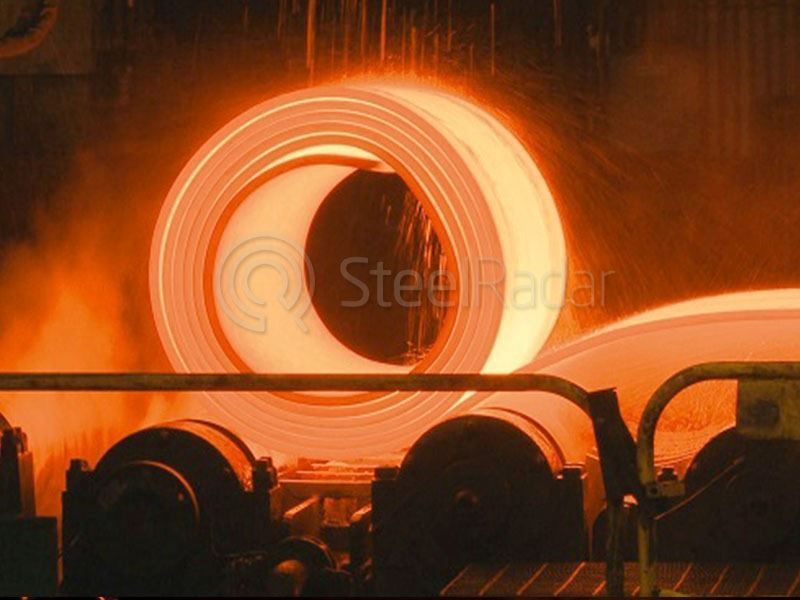


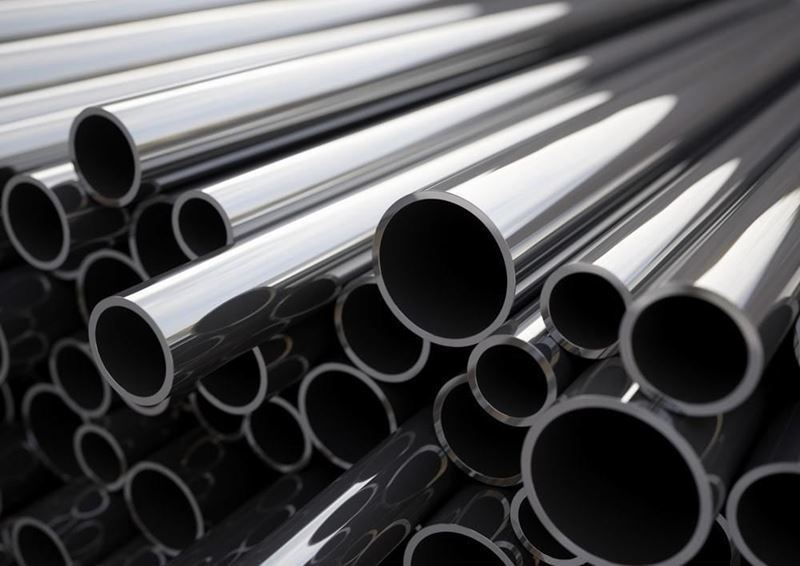
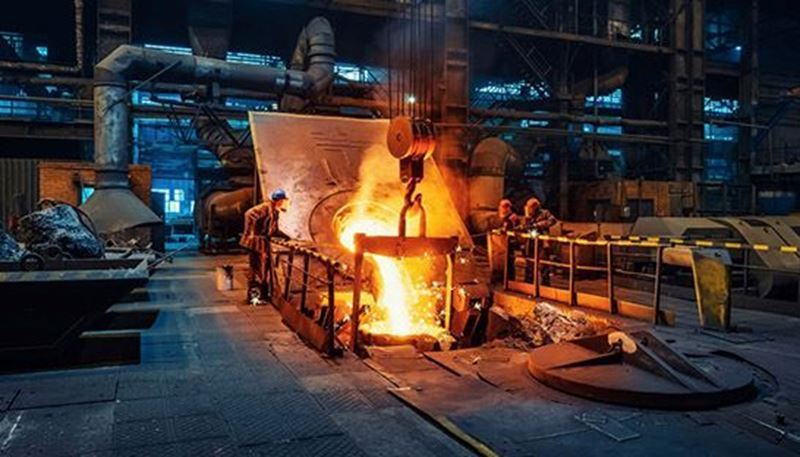
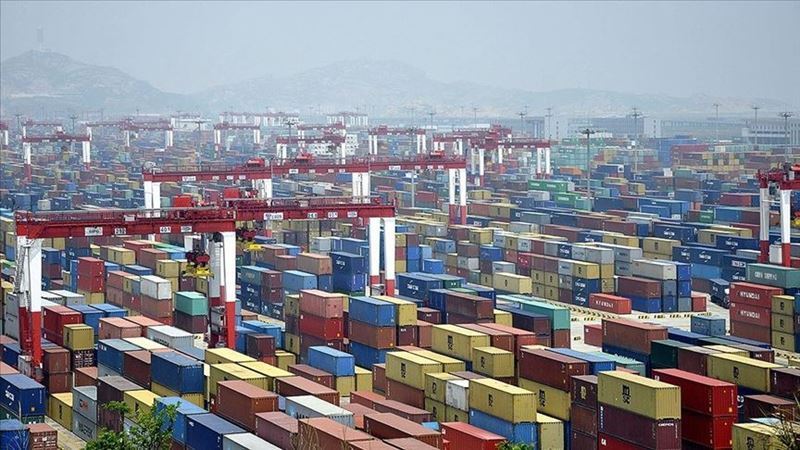
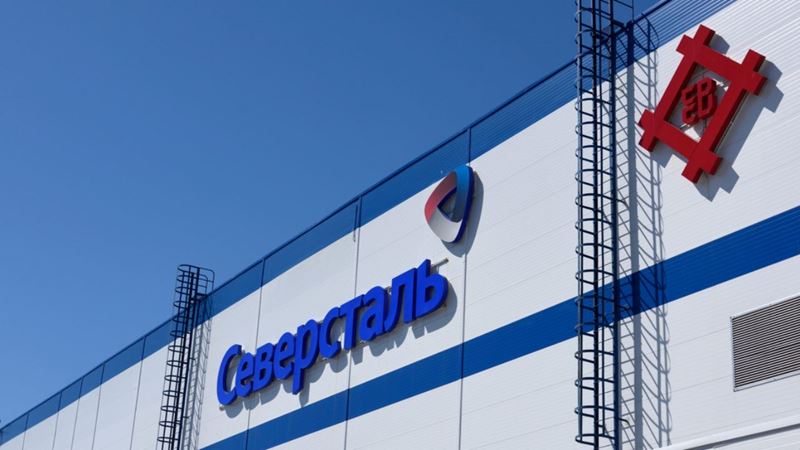


Comments
No comment yet.